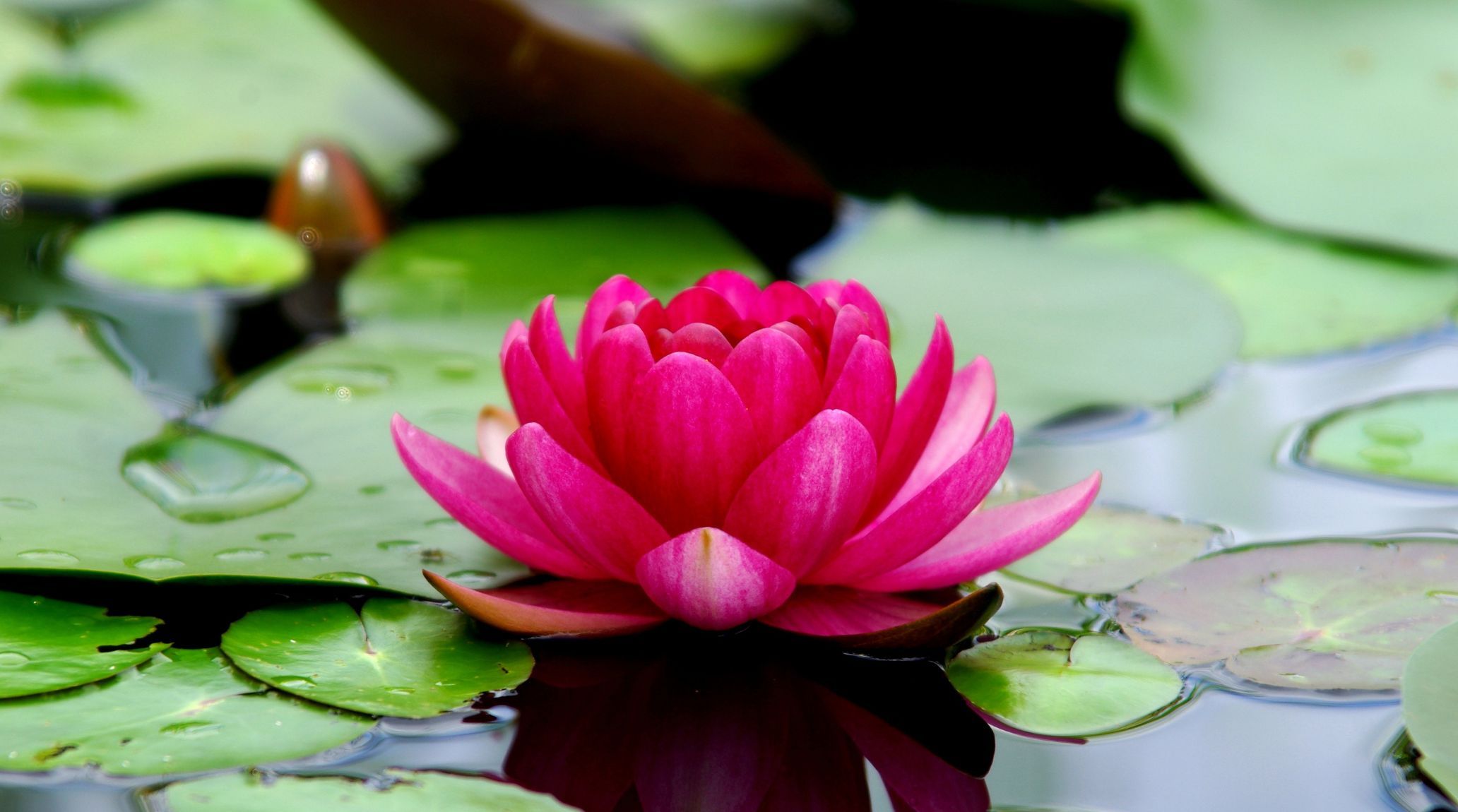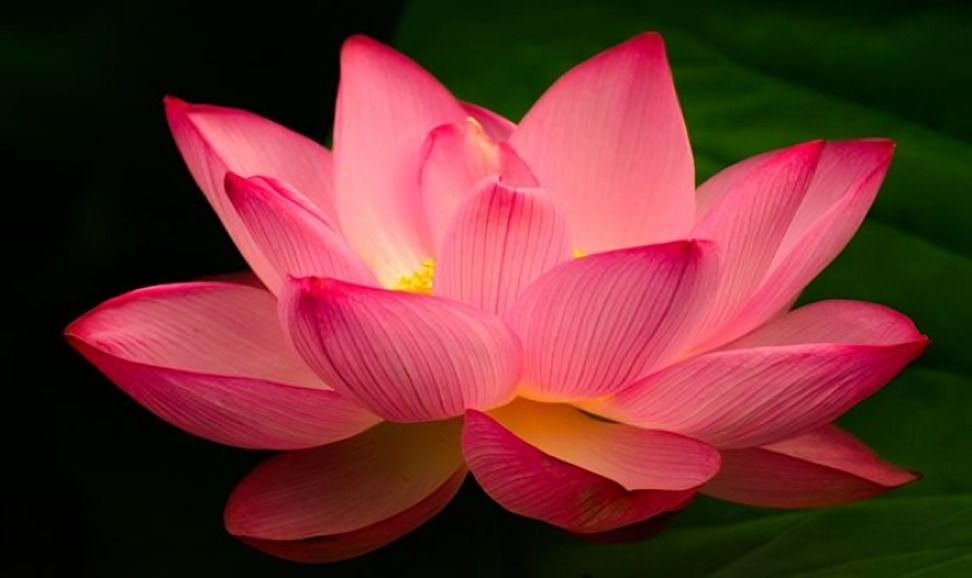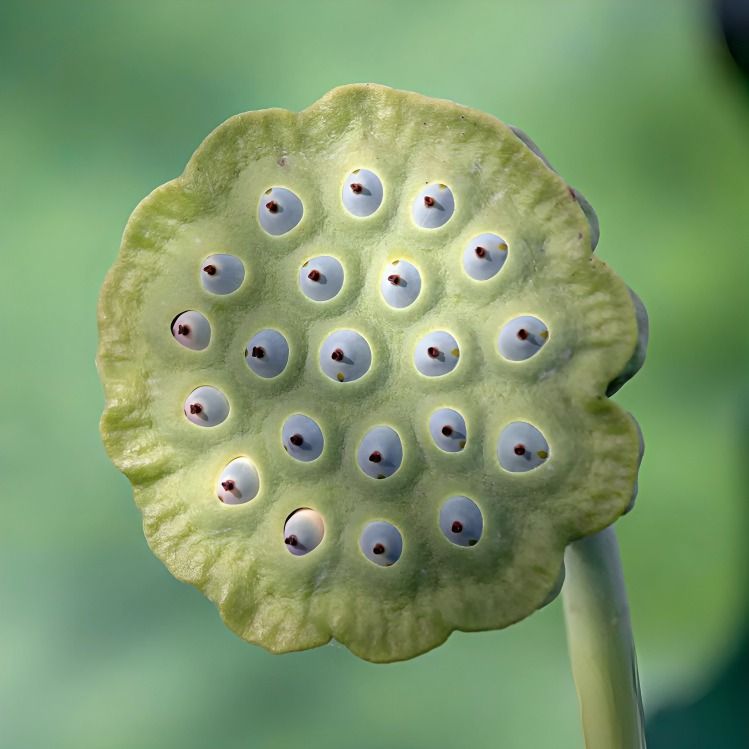
“
The lotus flower, with its serene beauty and profound symbolism, has captivated human imagination for centuries. From ancient Egypt to modern Asia, the lotus represents purity, enlightenment, and rebirth, making it a powerful symbol across different traditions. In this article, we dive into 15 intriguing facts about the lotus flower that will expand your understanding of this remarkable plant. Join us as we explore the multifaceted world of the lotus and uncover the lesser-known aspects of its natural and symbolic significance.1
1
”
The lotus is an aquatic plant that thrives in ponds and lakes, especially during warm seasons. Its flowers can rise up to twenty inches above the water, setting it apart from other plants like marigolds or arrowheads. 1
The lotus is widely used in traditional medicine and cosmetics due to its believed health benefits, such as reducing inflammation and enhancing skin health. Its properties make it a popular ingredient in various therapeutic and beauty products. 2

The lotus is India’s national flower and holds significance in Buddhism and Hinduism, representing wealth, prosperity, purity, and fertility. This flower species is native to Asia, with its most prominent presence in India and China.
Lotus flowers commonly exhibit pink and white color variations. They flourish in warmer seasons and are typically found in freshwater environments such as lakes and ponds. These aquatic plants are known for their large, showy blooms and floating leaves.3
Lotus flowers thrive in muddy, shallow waters, often found in lakes and ponds. Their roots anchor in the nutrient-rich sediment at the bottom, while their large, floating leaves and striking blooms rise above the water's surface. 4
Lotus flowers have fleshy, thick stems called rhizomes. Ancient Egyptians and Indians view the lotus as a symbol of the sun, as its petals open with sunrise and close at sunset. 5
The stalk of lotus flowers is adorned with tiny, sharp structures known as prickles. These prickles serve to protect the plant from herbivores and can aid in anchoring the lotus securely in muddy waters. 6

Lotus flowers offer shelter and protection for fish and underwater plants. Their broad leaves create shaded areas in the water, which helps reduce water temperature and provides a safe habitat for aquatic life.
Lotuses are day-blooming flowers that open in the early morning and close by nightfall. This blooming pattern continues for 3 to 5 days, which is their typical lifespan. Their daily cycle contributes to their vibrant and fleeting beauty. 7
Lotus plants thrive in shallow, murky ponds and lakes that receive direct sunlight and cannot endure colder climates. Symbolizing beauty, grace, purity, and serenity, they are abundant in both natural and cultural contexts. 8
Lotus leaves are paddle-shaped and can grow up to 20 inches long. Some leaves float on the water's surface, while others remain submerged. Equipped with air pockets within their tissues, these leaves maintain buoyancy and support the plant's structure. 9

Lotus seeds develop within a circular pod at the center of the flower. These seeds can remain viable for extended periods, with one type germinating after 1,300 years of dormancy. This remarkable longevity highlights the lotus's resilience and adaptability.
The dried pod of the lotus flower is highly decorative and frequently used in floral arrangements. Additionally, the petals are employed for ornamental purposes. Both elements enhance the aesthetic appeal of various floral designs. 10
The flower, young leaves, seeds, and roots of the lotus are edible and commonly used in Asian cuisine. Older, larger leaves are often utilized for wrapping food. Rich in fiber, B vitamins, iron, and other essential minerals. 11
Dried lotus stamens are used to make aromatic tea. Unlike many other flowering plants, the lotus can maintain a stable temperature in its flowers, which scientists believe attracts cold-blooded insects. 12


